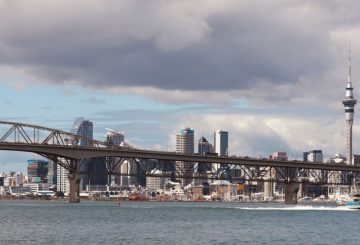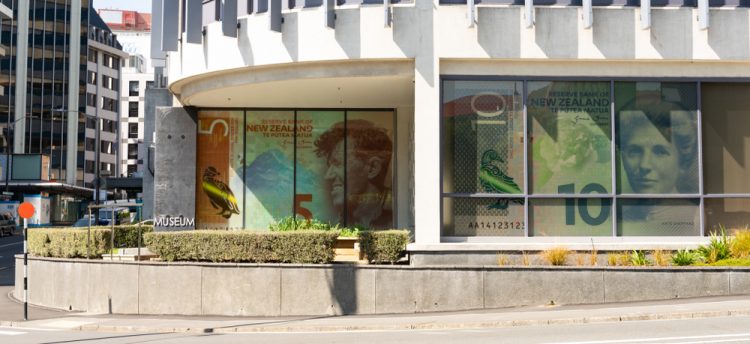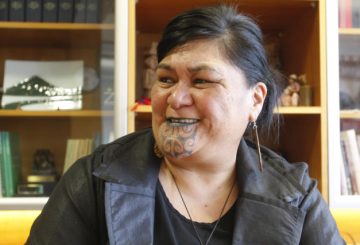Industri perbankan Selandia Baru akan mengalami perubahan struktural yang signifikan seiring dengan perkembangan regulasi dan teknologi yang memberikan konsumen lebih banyak kekuatan dan pilihan selama dekade berikutnya, menurut sebuah laporan dari firma hukum Chapman Tripp. Sektor ini akan menghadapi lingkungan perdagangan yang lebih beragam, sulit, dan kompetitif, yang menghasilkan keuntungan dan kerugian bagi para pemain besar dan kecil. Kecepatan perubahan yang dibawa oleh kemajuan teknologi tidak hanya terjadi di Selandia Baru, tetapi negara ini menghadapi perubahan ini secara langsung, sekaligus, pada saat teknologi berkembang ke wilayah yang tidak diketahui dan “kebenaran” perbankan modern sedang diperiksa ulang.
Laporan tersebut menunjukkan bahwa penerimaan mata uang kripto yang relatif lambat di Selandia Baru diperkirakan akan berkembang pesat sejalan dengan kawasan Asia Pasifik lainnya, bersama dengan sektor fintech. Laporan ini lebih lanjut menyarankan bahwa produk bank baru yang dapat menyimpan deposito dalam ekosistem bank akan menjadi penting, karena konsumen diperkirakan akan menuntut lebih banyak dari bank. Lingkungan inflasi saat ini akan mendorong nasabah untuk mencari imbal hasil yang lebih tinggi, sama seperti teknologi dan peraturan baru yang memudahkan mereka untuk memindahkan dana antar bank atau keluar dari sistem perbankan.
Laporan ini juga memperkirakan bahwa izin sosial untuk beroperasi, yaitu tentang memenuhi harapan publik akan perilaku perusahaan yang wajar, akan menjadi semakin sulit untuk dikelola oleh sektor perbankan. Perilaku perbankan akan mencakup pengelolaan isu-isu lingkungan, sosial dan tata kelola, dan akan meluas ke seberapa baik bank membantu nasabah selama masa-masa sulit, baik yang berkaitan dengan penipuan atau guncangan ekonomi.
Perubahan juga mungkin akan terjadi sebagai hasil dari investigasi yang diantisipasi oleh Komisi Perdagangan terhadap sektor perbankan ritel, sejalan dengan laporan pasar baru-baru ini terhadap industri bahan bakar ritel, supermarket, dan industri bangunan. Menemukan keseimbangan yang tepat antara regulasi keuangan, disiplin pasar, dan perlindungan investor adalah masalah yang sulit untuk dipecahkan, dan konsekuensi yang tidak diinginkan serta keluhan muncul terlepas dari pendekatan apa pun. Laporan Chapman Tripp memperkirakan beberapa perubahan akan terjadi dalam 12 bulan ke depan, dengan perubahan yang lebih signifikan di tahun-tahun mendatang. Sektor perbankan menghadapi program reformasi regulasi multi-segi yang akan membutuhkan penyesuaian substansial dan mengubah dinamika pasar, mendorong inovasi teknologi dan menciptakan peluang bagi pendatang baru. Konsolidasi jangka panjang dapat terjadi seiring dengan meluasnya skala dan cakupan penawaran produk di luar layanan perbankan tradisional untuk menarik minat nasabah.



















































-360x245.jpg)










